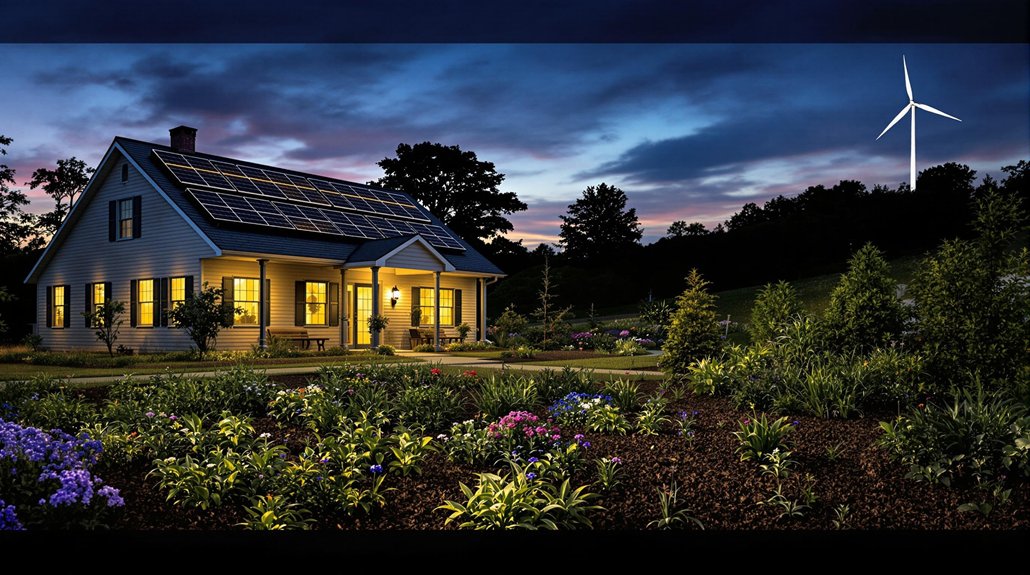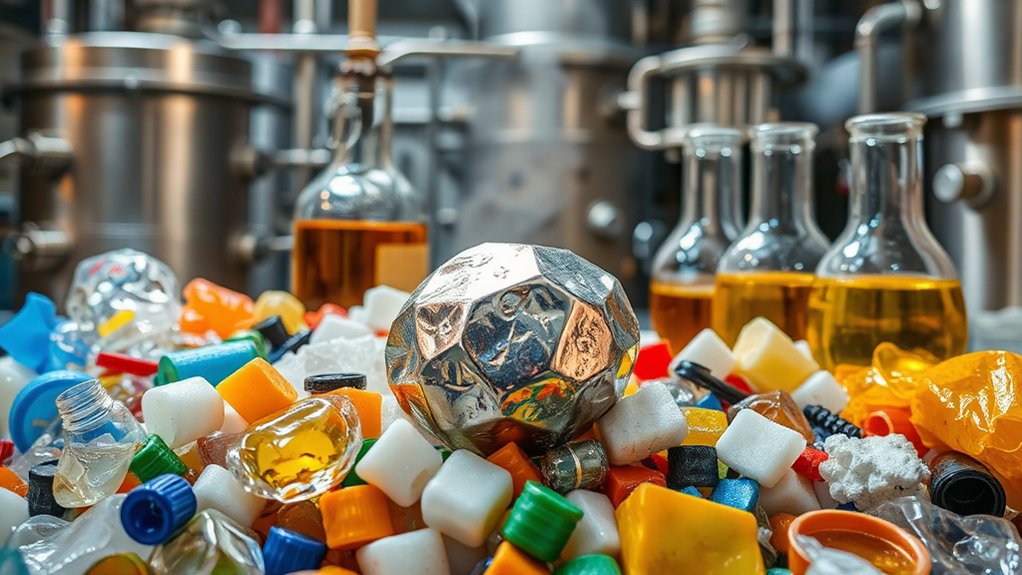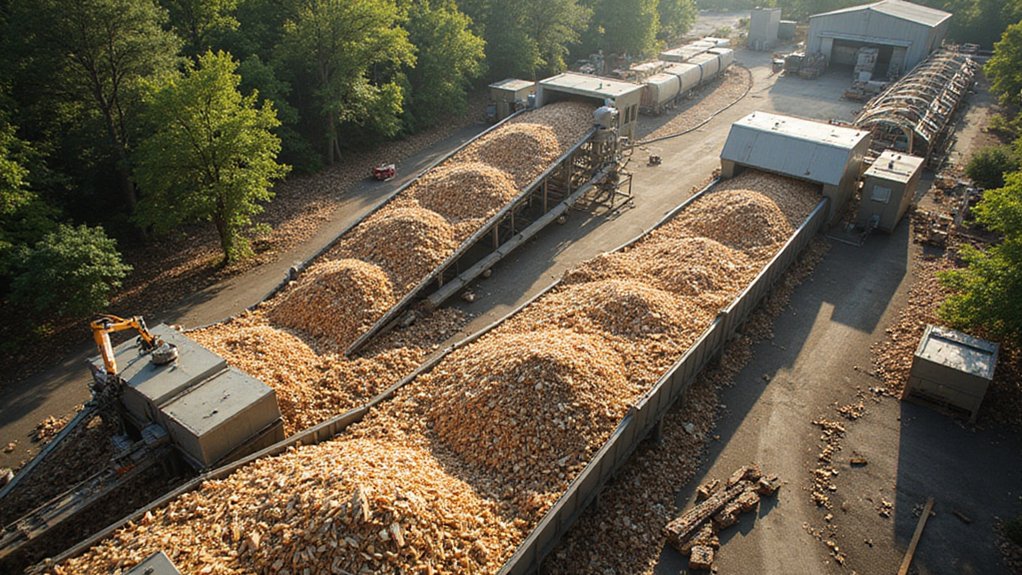Every day, millions of tons of waste end up in landfills across the world, creating a hidden environmental crisis. The world produces about 2.01 billion tonnes of trash yearly. That means 5.5 million tonnes get buried in landfills daily. In the United States alone, 146.2 million tons of waste went to landfills last year.
These massive garbage dumps aren’t just eyesores. They’re poisoning the environment right now. Landfills are America’s third-largest source of methane emissions. They produced 14.4% of the country’s human-made methane in 2022. That’s the same as having 24 million gas-powered cars on the road for a year.
Here’s what makes this scary: methane traps heat 84 times better than carbon dioxide over 20 years. In the UK, landfills create 27% of all methane emissions. Around the world, these dumps release 1.6 billion tonnes of greenhouse gases every year. That’s 5% of all global emissions.
The waste isn’t just releasing gases. It’s creating toxic liquid called leachate. This poisonous substance seeps into groundwater and nearby rivers. It threatens drinking water and harms wildlife. Studies show toxic substances in leachate can exceed safe drinking water levels by 260 times. When organic waste rots without air, it produces even more methane. Many landfills don’t have systems to catch these gases.
America throws away valuable resources too. Only 5% of plastic waste got recycled in 2019. The rest, 86%, ended up in landfills. Scientists say the U.S. produces 44 million metric tons of plastic waste yearly. All that buried plastic had enough energy to power 5% of America’s transportation needs. It could’ve supplied 5.5% of what factories need for power. In contrast, geothermal energy produces minimal pollution while using significantly less land than other renewable energy sources.
There’s hope though. Recycling just one tonne of textiles prevents 3.6 tonnes of carbon dioxide from entering the air. Some landfills capture methane for electricity. The Oneida-Herkimer Regional Landfill in New York now powers 3,300 households by converting captured methane into renewable energy. But many smaller sites don’t bother collecting these gases at all.
The numbers tell a clear story. While people worry about clean energy, mountains of waste poison communities right now. Every tonne buried represents a missed chance to recycle or compost. The environmental damage keeps growing with each truckload dumped.
References
- https://www.epa.gov/facts-and-figures-about-materials-waste-and-recycling/national-overview-facts-and-figures-materials
- https://www.nrel.gov/news/detail/press/2022/nrel-calculates-lost-value-of-landfilled-plastic-in-us
- https://sustainability.google/operating-sustainably/stories/landfill-NewYork/
- https://www.epa.gov/lmop/basic-information-about-landfill-gas
- https://www.greenmatch.co.uk/blog/landfills-environmental-impact








